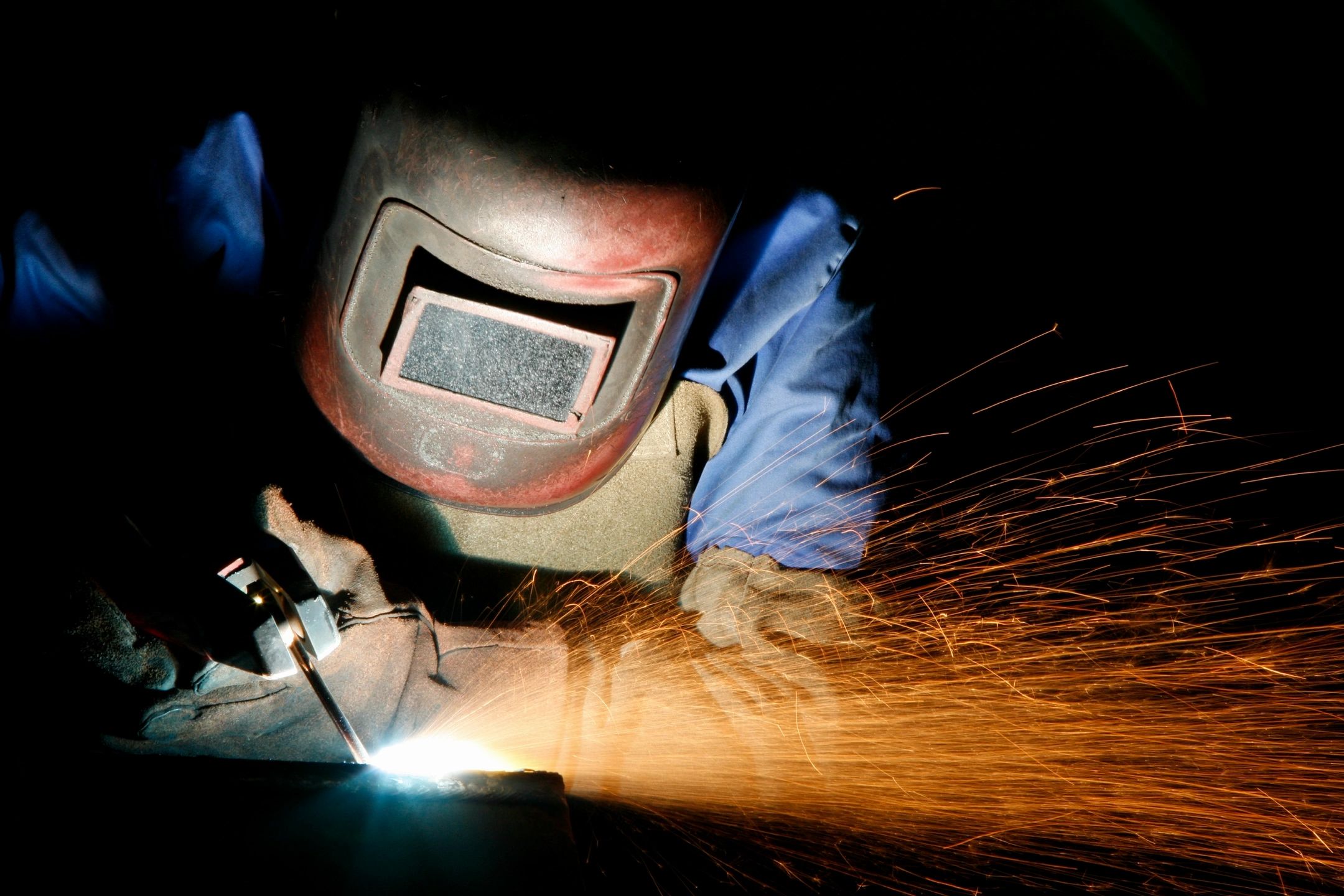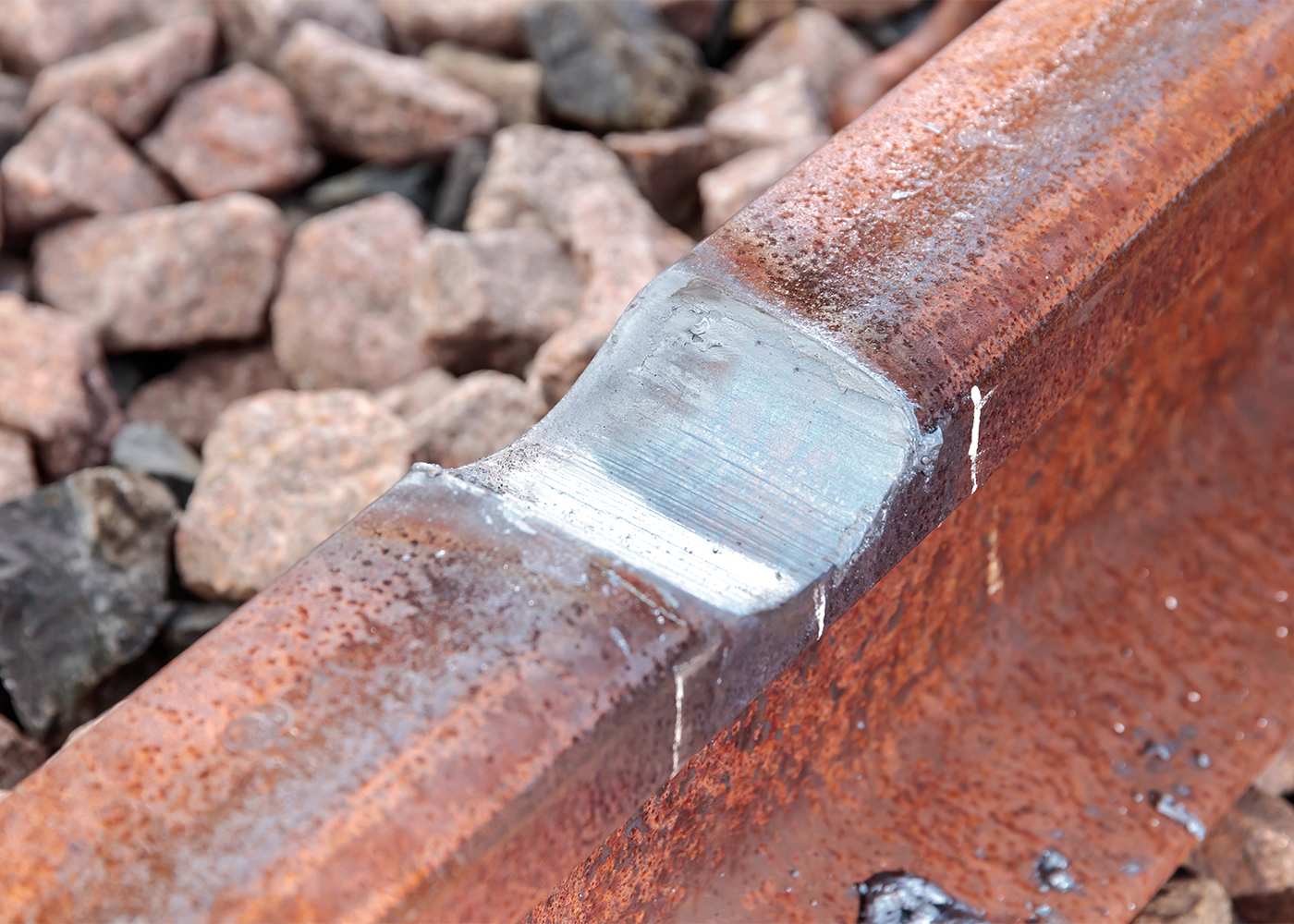All About Welding: Key Insights Into Techniques and Best Practices for Success
Welding includes a range of methods, each suited for specific products and applications. Comprehending these methods, such as GMAW, SMAW, and TIG, is vital for achieving excellent results. The best equipment and safety techniques can not be neglected. As preparation and troubleshooting play critical roles in the welding process, understanding these elements can significantly improve the top quality of the last item. What are the key factors that guarantee an effective weld?
Comprehending Various Welding Strategies
Welding strategies incorporate a selection of methods, each suited to particular applications and materials. Amongst the most typical methods are Gas Metal Arc Welding (GMAW), Protected Steel Arc Welding (SMAW), and Tungsten Inert Gas Welding (TIG) GMAW, likewise referred to as MIG welding, is prominent for its rate and adaptability, making it optimal for thin products. SMAW, or stick welding, is preferred for its simplicity and performance in outdoor environments, particularly with thicker metals. TIG welding offers precision and control, making it ideal for elaborate job and non-ferrous metals (Welding). Each strategy has its distinct advantages and factors to consider, allowing welders to pick the best technique based upon the job's requirements, material type, and desired outcomes. Understanding these strategies is crucial for effective welding
Crucial Welding Devices and Devices
While numerous welding techniques require certain skills, the right equipment and tools are equally vital for accomplishing top quality outcomes. Essential welding equipment includes welding machines, which differ depending upon the technique-- such as MIG, TIG, or stick welding. Protective equipment, including aprons, safety helmets, and handwear covers, assurances safety and security and convenience throughout the procedure. Additionally, fixtures and clamps help secure materials in place, guaranteeing accuracy in welds. Consumables like welding rods, cable, and protecting gas are likewise critical components that influence the top quality of the weld. Moreover, devices such as cutters and mills assist in surface preparation and post-weld ending up, adding to an expert result. Buying high-quality equipment inevitably boosts the effectiveness and effectiveness of welding projects.
Safety And Security Practices in Welding
Appropriate security practices are essential in the welding sector to secure workers from potential hazards. Welders have to wear appropriate personal safety equipment (PPE), consisting of safety helmets with proper shading, handwear covers, and flame-resistant clothing. Ample ventilation is essential to minimize direct exposure to dangerous fumes and gases generated throughout the welding process. In addition, workers need to be trained in the correct handling of welding devices to avoid crashes. Fire precaution, such as keeping combustible materials far from the welding area and having fire extinguishers conveniently available, are needed. Normal evaluations of tools and offices can help recognize possible hazards before they bring about accidents. By adhering to these safety and security practices, welders can create a much safer working setting and minimize dangers linked with their trade.
Readying Products for Welding
Preparing products for welding is an important action that greatly influences the high quality and honesty of the final product (Montana Mobile Welding and Repair Belgrade). Appropriate prep work includes cleaning up the surface areas to eliminate impurities such as corrosion, oil, and dust, which can compromise the weld. Techniques such as grinding, sanding, or utilizing solvents are generally employed to achieve a tidy surface area. In addition, making certain that the products fit with each other well is necessary; voids can bring about weak welds. It's additionally vital to take into consideration the placement and positioning of the elements, as this will influence the ease of welding and the final end result. Picking the proper filler material and making certain compatibility with the base metals is vital for achieving strong, durable welds.
Tips for Getting High-Quality Welds
Attaining top notch welds requires interest to information and adherence to ideal methods throughout the welding procedure. Proper joint prep work is vital, ensuring surface areas are complimentary and clean from contaminants. Choosing the suitable filler product and welding strategy based on the base steels is vital for ideal bonding. Preserving regular travel speed and angle while welding can promote and avoid flaws harmony. In addition, controlling heat input is necessary; too much warmth can lead to warping and damaged joints. Frequently checking the welds throughout the procedure permits for immediate modifications if essential. Utilizing proper post-weld treatments, such as cleaning and stress relief, can boost the resilience and integrity of the weld, ultimately making sure a successful outcome.
Repairing Usual Welding Issues
Welding usually offers difficulties that can affect the quality and honesty of the end product. Usual concerns such as porosity, inconsistent weld grains, and overheating can occur, each requiring details repairing methods. Understanding these problems is vital for welders to improve their skills and attain optimal results.
Porosity Troubles Described
Although porosity can typically be neglected, it continues to be an important issue in welding that can endanger the integrity of a finished item. Porosity refers to the visibility of little gas pockets within the weld grain, which can compromise the joint and lead to premature failing. This problem commonly arises from pollutants, dampness, or improper protecting gas insurance coverage during the welding process. Check This Out To minimize porosity, welders ought to confirm that the base products are completely dry and tidy, use ideal shielding gases, and preserve regular welding parameters. Consistently examining the tools and environment can likewise aid identify possible issues before they show up in the weld. Dealing with porosity successfully is important for attaining solid, durable welds that meet quality requirements.

Inconsistent Weld Beans
Inconsistent weld beads can greatly influence the top quality and strength of a completed product. Various variables add to this issue, consisting of incorrect travel rate, inaccurate amperage settings, and irregular electrode angles. When the welder moves too promptly, a bead might appear slim and lack infiltration, while moving also slowly can cause too much buildup. In addition, utilizing the wrong amperage can result in either damaging or excessive spatter, both of which concession weld integrity. The welder's method, such as inconsistent lantern activity, can additionally lead to unequal grain appearance. To reduce these troubles, welders ought to concentrate on maintaining consistent, regulated activities and making sure correct equipment settings to accomplish harmony in their welds. Consistency is essential to attaining strong and reliable welds.
Overheating and Bending Issues
Excessive warm throughout the welding process can result in substantial getting too hot and warping problems, influencing the architectural honesty of the work surface. These troubles commonly materialize as distortion, which can compromise positioning and fit-up, making further assembly testing. Factors contributing to overheating consist of the choice of welding criteria, such as voltage and travel rate, along with the my response sort of material being bonded. To minimize these concerns, welders need to maintain regular travel speed and suitable warmth input while keeping an eye on the work surface temperature level. Furthermore, pre-heating or post-weld warmth therapy can aid reduce tensions triggered by rapid cooling - Montana Mobile Welding and Repair Welding. Routine examination and adherence to best practices are crucial in stopping getting too hot and making sure the durability and reliability of welded frameworks
Often Asked Questions
What Are the Occupation Opportunities in the Welding Market?
The welding industry supplies varied career chances, consisting of placements as welders, examiners, engineers, and teachers. Professionals can operate in production, construction, aerospace, and auto industries, benefiting from solid demand and affordable wages in numerous roles.
Exactly How Can I Boost My Welding Speed Without Sacrificing Quality?
To boost welding speed without sacrificing high quality, one should exercise reliable methods, keep devices, optimize setups, and improve hand-eye control. Routine training and looking for feedback can likewise significantly add to achieving quicker, top quality welds.
What Qualifications Are Offered for Welders?
Countless certifications exist for welders, including those from the American Welding Culture (AWS), the National Facility for Construction Education And Learning and Research (NCCER), and various industry-specific organizations. These qualifications enhance employability and show ability effectiveness.
How Does Welding Affect the Residences of Metals?
Welding influences the residential or commercial properties of steels by altering their microstructure, which can result in adjustments in solidity, strength, and ductility. Heat input and air conditioning prices throughout the procedure considerably affect these material qualities.
Can I Bonded Dissimilar Metals With Each Other?
